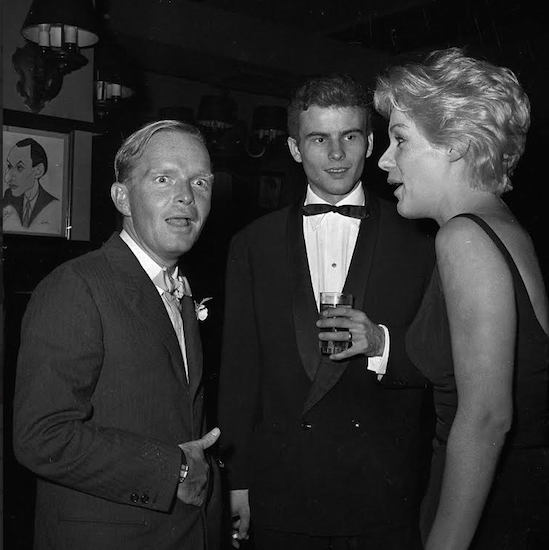See the Brooklyn Heights street where Truman Capote and Arthur Miller lived
Eye on Real Estate

Truman Capote, at left in this 1959 photo with actor Horst Buchholz and actress Tammy Grimes, lived on Willow Street in Brooklyn Heights. AP Photo/Matty Zimmerman
Brooklyn Heights. See it like a native.
Where did Truman Capote write “In Cold Blood” — Willow Place or Willow Street?
Where did Arthur Miller write “The Crucible” — Willow Place or Willow Street?

Brooklyn Heights
View MoreRead the Brooklyn Height's Press and Cobble Hill News. Find out more about Brooklyn Height's History here.